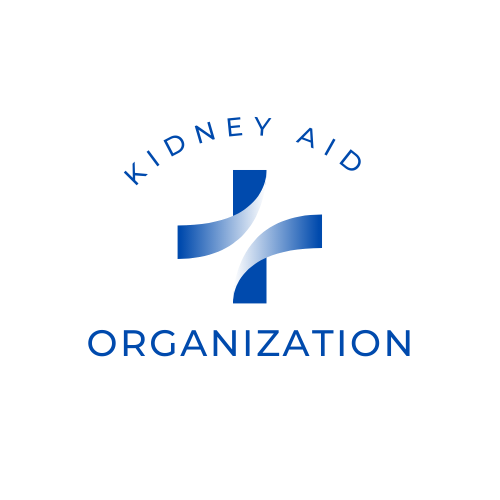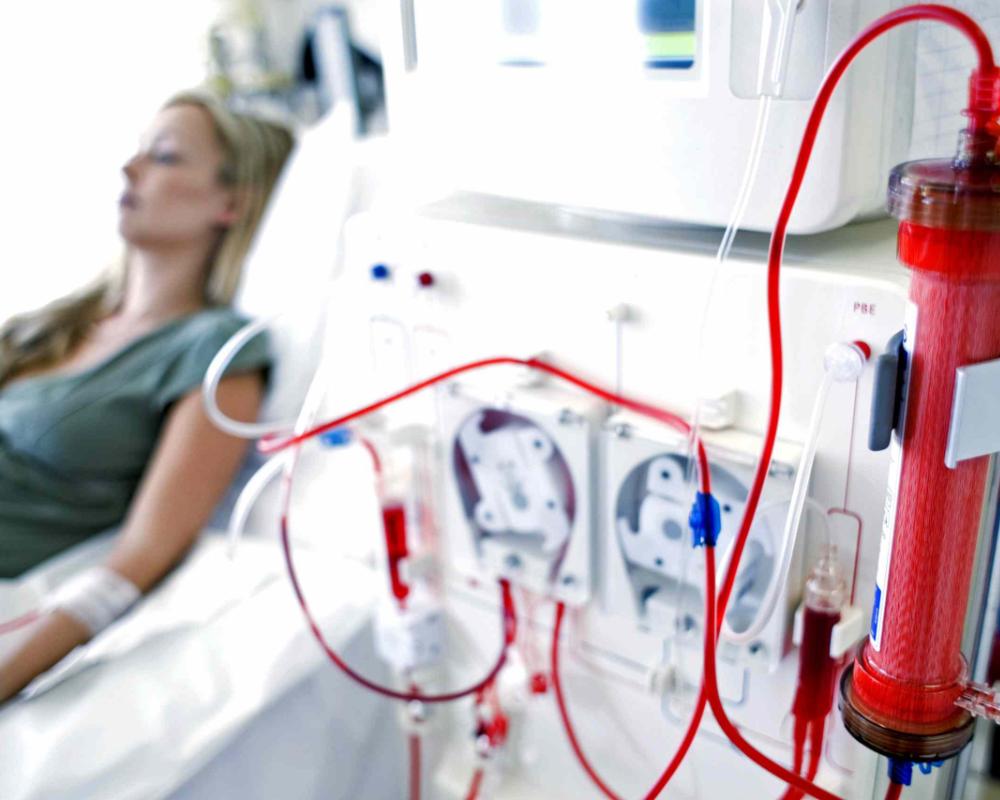Understanding the Progression of Kidney Disease: How Long Does It Take to Go From Stage 3 to Stage 4?
How long does it take to go from stage 3 to stage 4 kidney disease? Kidney disease is a serious health condition that affects millions of people worldwide. It occurs when the kidneys are damaged and are unable to perform their normal functions properly. Kidney disease can progress through different stages, and the stage of the disease determines the severity of the condition and the appropriate treatment.
The Stages of Kidney Disease
Kidney disease is a chronic condition that affects the normal functioning of the kidneys. It can progress through different stages, with each stage indicating a different level of kidney damage. The stages of kidney disease are determined based on the glomerular filtration rate (GFR), which measures how well the kidneys are filtering waste from the blood.
- Stage 1: In stage 1, the GFR is 90 or higher, and there is minimal damage to the kidneys. At this stage, the kidneys are still functioning normally, and there are usually no symptoms. However, there may be signs of kidney damage, such as protein in the urine or abnormalities in the blood tests.
- Stage 2: In stage 2, the GFR is between 60 and 89, indicating mild kidney damage. At this stage, the kidneys may not be able to filter waste as efficiently as they should, but there are usually no symptoms. As with stage 1, there may be signs of kidney damage in the urine or blood tests.
- Stage 3: Stage 3 is further divided into two sub-stages: 3A and 3B, based on the GFR. In stage 3A, the GFR is between 45 and 59, while in stage 3B, the GFR is between 30 and 44. At this stage, the kidneys are moderately damaged, and there may be symptoms, such as fatigue, swelling, and changes in urine output.
- Stage 4: In stage 4, the GFR is between 15 and 29, indicating severe kidney damage. At this stage, the kidneys are significantly impaired, and there may be symptoms, such as nausea, vomiting, and difficulty sleeping. Patients with stage 4 kidney disease may require dialysis or kidney transplant to manage their condition.
- Stage 5: Stage 5 is the most severe stage of kidney disease, with a GFR of less than 15. At this stage, the kidneys are unable to perform their normal functions, and waste builds up in the body. Patients with stage 5 kidney disease usually require dialysis or kidney transplant to survive. The progression of kidney disease can vary from person to person, and not all patients will progress through all the stages.
Early detection and treatment of kidney disease can help slow down the progression of the disease and prevent further damage to the kidneys. If you have any symptoms of kidney disease, such as changes in urine output, swelling, or fatigue, it's important to talk to your doctor and get a proper diagnosis and treatment plan.
Progression from Stage 3 to Stage 4 Kidney Disease
Progression from stage 3 to stage 4 kidney disease can be a significant milestone for patients with kidney disease. At stage 3, patients may not have any noticeable symptoms, and the disease may be detected only through blood or urine tests.
However, by stage 4, the kidneys have suffered significant damage, and patients may start to experience noticeable symptoms. The transition from stage 3 to stage 4 kidney disease can take several months or even years, depending on various factors such as age, overall health, and the underlying cause of kidney disease.
The rate of progression can also vary from person to person. In some cases, the progression may be slow, while in others, it may be more rapid. There are several risk factors that can increase the likelihood of progression from stage 3 to stage 4 kidney disease, including:
- High blood pressure: Uncontrolled hypertension can damage the blood vessels in the kidneys, leading to a decline in kidney function.
- Diabetes: People with diabetes are at a higher risk of developing kidney disease. High levels of glucose in the blood can damage the small blood vessels in the kidneys, affecting their ability to filter waste from the blood.
- Smoking: Smoking can damage the blood vessels in the kidneys, leading to decreased blood flow and a decline in kidney function.
- Obesity: Being overweight or obese can increase the risk of developing kidney disease, as well as accelerate the progression of the disease.
- Genetics: Some genetic conditions can increase the risk of kidney disease and its progression.
As patients progress from stage 3 to stage 4 kidney disease, their GFR decreases to between 15 and 29 mL/min. This means that the kidneys are no longer able to function properly, and waste products and toxins can build up in the body, leading to symptoms such as:
- Nausea and vomiting
- Loss of appetite
- Fatigue
- Swelling in the hands, feet, or face
- Itching and dry skin
- Muscle cramps
- Trouble sleeping
At stage 4, patients may require more intensive treatment, such as dialysis or kidney transplant, to manage their symptoms and improve their quality of life. Dialysis is a process that filters waste products and excess fluid from the blood, while a kidney transplant involves replacing a damaged kidney with a healthy one from a donor. In conclusion, the progression from stage 3 to stage 4 kidney disease can be a challenging time for patients, as the disease can become more advanced and symptoms can become more severe.
It's essential for patients to work closely with their healthcare providers to manage their condition and make lifestyle changes to slow down the progression of the disease.
Symptoms of Stage 3 and Stage 4 Kidney Disease
As kidney disease progresses from stage 3 to stage 4, symptoms may become more pronounced. Some common symptoms of stage 3 and stage 4 kidney disease include:
- Fatigue
- Swelling in the legs, ankles, feet, and face
- Difficulty sleeping
- Decreased appetite
- Nausea and vomiting
- Itching
- Changes in urine output
- Blood in urine
Treatment for Stage 4 Kidney Disease
There is no cure for kidney disease, but treatment can slow down the progression of the disease and alleviate symptoms. Treatment for stage 4 kidney disease may include:
- Medications to control blood pressure and blood sugar levels
- Changes in diet to limit salt, potassium, and phosphorus
- Dialysis or kidney transplant in severe cases
Conclusion
In conclusion, the progression from stage 3 to stage 4 kidney disease can take several years, but it can also happen much faster in some cases. The rate of progression can be affected by age, underlying health conditions, and lifestyle factors. If you are experiencing symptoms of kidney disease, it is important to talk to your doctor and get a proper diagnosis and treatment plan. Early detection and treatment can slow down the progression of the disease and improve your quality of life.


